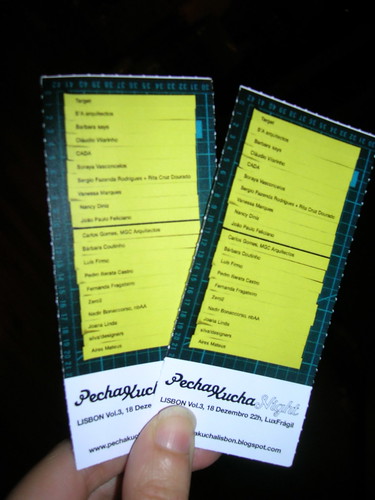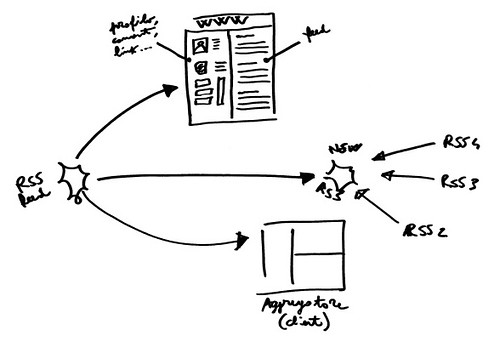"Don't forget students, if you want the minister to consider your ideas for maintaining an extended summer break, you'd best be neat, grammatically correct, and convincing!"
 The most wonderful April Fools that I was able to celebrate was 5 years ago, when my son Michael was born into our family. The evening of Michael's birth, my hospital, went into lockdown mode with suspected cases of SARS coming to light in the city. Even as the father, access to my new baby boy and my wife, were only possible through acts of stealth!
The most wonderful April Fools that I was able to celebrate was 5 years ago, when my son Michael was born into our family. The evening of Michael's birth, my hospital, went into lockdown mode with suspected cases of SARS coming to light in the city. Even as the father, access to my new baby boy and my wife, were only possible through acts of stealth! The most terrifying April Fools I've ever experienced, took place just last year. After undergoing heart surgery in hopes to increase the flow of blood to his cardiac tissue, my father became gravely ill... At the beginning of April 2007, I wrote to my out-of-town brothers:
 "No doubt you've heard that dad's condition is pretty dire... and it is. Only the interventions of drugs, lung machine, and very close monitoring by hospital staff are keeping his heart from failing. Risks of heart attack and arrhythmia are very high over the next few days. If he avoids these traps, Dad faces a long slow voyage to becoming self-sufficient, at least as far as functioning without the assistance of current medical technologies."
"No doubt you've heard that dad's condition is pretty dire... and it is. Only the interventions of drugs, lung machine, and very close monitoring by hospital staff are keeping his heart from failing. Risks of heart attack and arrhythmia are very high over the next few days. If he avoids these traps, Dad faces a long slow voyage to becoming self-sufficient, at least as far as functioning without the assistance of current medical technologies."In re-reading weeks of e-mail messages sent to friends and family throughout the month of April 2007, I'm reminded that my father is indeed a miracle in flesh and blood.
The most technologically savvy April Fools:
Even if the video itself is a prank, you have to take your hat off to Troika for a job well done!
Here's hoping this April 1st brings you and yours at least one BIG smile!
Photo Credits: möиhsí; David Goehring

































